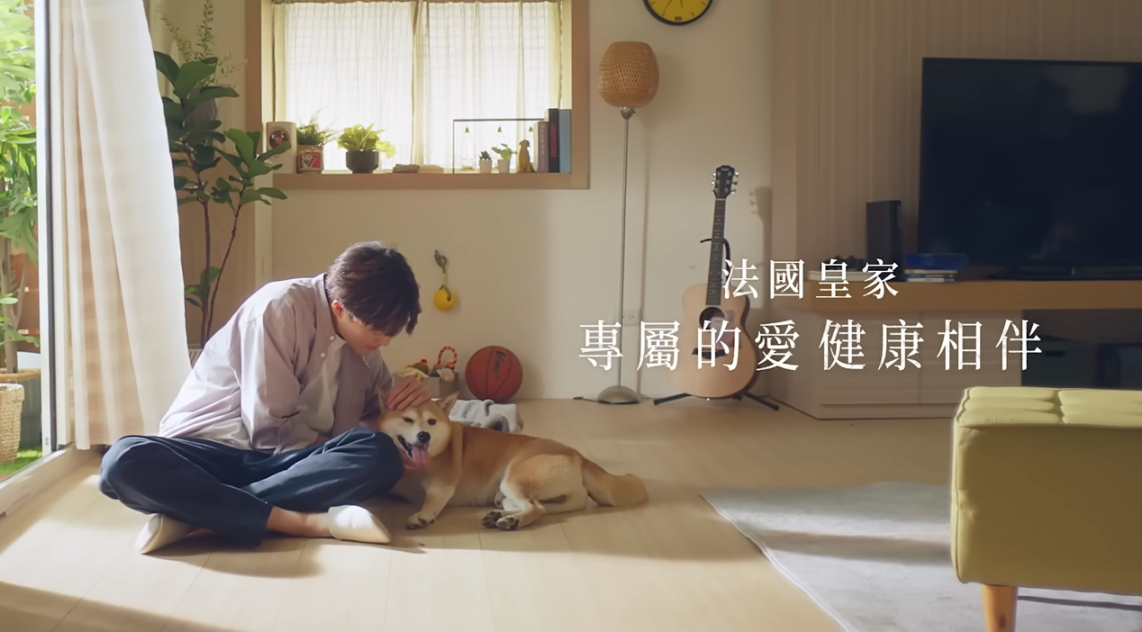YouTube觀看https://youtu.be/OcnoupLPzLA

3d battleship | Battleship Pop up card | paper art Battleship | kirigami | 3d戰艦卡片 | 3d kirigami | 3d paper art | 3d card | 3d紙藝術 |3d視覺藝術how to make paper battleship card - how to make Destroyer Pop up card - how to make Kirigami - how to make Kirigami Architecture - how to make Origamic Architecture - how to make diy card - how to make greeting cards - how to make card design - how to make Origami Architecture pop up card - how to make Origami Architecture card
battleship Pop up card -How to cut and fold make Destroyer 3d card - 3d戰艦卡片.Paper Size : A4 . 200gsm
This is a demonstration of how to cut and fold make a battleship pop up card. Interested people can download the pattern to make their own #battleship pop-up cards.
這是示範如何做#3d戰艦 彈出卡片,有興趣的人可以下載圖案自行製作3d戰艦 彈出卡片.
Many people think that paper is something that is outdated.. After all, now you can just send a sticker in social networks. It is simple and fast, does not require any costs or time. However, the more so, a hand-made postcard will surprise the recipient and will let him know that you really tried to make something pleasant.
#pop_up_card
Pop-up-postcards are postcards with three-dimensional elements that are unfold when you open a postcard. The art of pop-up is a wonderful opportunity to create something completely unique and unique from plain paper Unique artistic traits and hand-made value.
It is quite simple to make the card, for this you will need: colored paper, cardboard, scheme, cutter, glue, scissors, pencil, ruler, printer and computer. You can make such crafts with your child, developing his imagination and drawing skills.
許多人認為紙張已經過時了。畢竟,現在你可以在社交網絡中發送貼紙了。 它簡單快捷,不需要任何費用或時間。 然而,更多的是,手工製作的明信片會給收件人帶來驚喜,讓他知道你真的想要做一些令人愉快的事情。
彈出式明信片是明信片,具有三維元素,當您打開明信片時會展開。 彈出式藝術是一個絕佳的機會,可以用普通紙創造出獨特而獨特的東西獨特的藝術特質和手工製作的價值。
製作卡片非常簡單,為此您需要:彩色紙,紙板,方案,刀具,膠水,剪刀,鉛筆,尺子,打印機和計算機。 您可以與您的孩子一起製作這樣的工藝品,發展他的想像力和繪畫技巧。
影片為切割紙張及摺疊紙張過程.免費提供下載模板圖使用,該影片觀看次數達到1萬次後開放免費下載! 模板僅提供個人使用,不得使用於商業用途 !
The template download is FREE at Video Views Reached 10,000 Open and Free Downloads!The template is provided for personal use only and not be used for commercial !
If you like this video please subscribe me
subscribe 訂閱https://www.youtube.com/channel/UCxdQbCE1S2blAp7760QehQQ?sub_confirmation=1
如果您喜歡影片,請按訂閱,訂閱是免費的.它會讓您會收到影片更新通知.謝謝您!
Kirigami (切り紙) is a variation of origami that includes cutting of the paper, rather than solely folding the paper as is the case with origami, but typically does not use glue.
In the United States, the term "Kirigami" was coined by Florence Temko from Japanese kiri "cut," kami "paper", in the title of her 1962 book, Kirigami, the Creative Art of Papercutting. The book was so successful that the word kirigami was accepted as the western name for the art of paper cutting.
Typically, kirigami starts with a folded base, which is then unfolded; cuts are then opened and flattened to make the finished kirigami. Simple Kirigami are usually symmetrical, such as snowflakes, pentagrams, or orchid blossoms. A difference between Kirigami and the art of "full base", or 180 degree opening structures, is that Kirigami is made out of a single piece of paper that has then been cut.
Origamic architecture is a form of kirigami that involves the three-dimensional reproduction of architecture and monuments, on various scales, using cut-out and folded paper, usually thin paperboard. Visually, these creations are comparable to intricate 'pop-ups', indeed, some works are deliberately engineered to possess 'pop-up'-like properties. However, origamic architecture tends to be cut out of a single sheet of paper, whereas most pop-ups involve two or more. To create the three-dimensional image out of the two-dimensional surface requires skill akin to that of an architect.
Origin
The development of origamic architecture began with Professor Masahiro Chatani's (then a newly appointed professor at the Tokyo Institute of Technology) experiments with designing original and unique greeting cards. Japanese culture encourages the giving and receiving of cards for various special occasions and holidays, particularly Japanese New Year, and according to his own account, Professor Chatani personally felt that greeting cards were a significant form of connection and communication between people. He worried that in today's fast-paced modern world, the emotional connections called up and created by the exchange of greeting cards would become scarce.
blogger https://jrchiang.blogspot.com/
Pixnet http://jrchiang2006.pixnet.net
instagram https://www.instagram.com/jrchiang_ig/
facebook https://www.facebook.com/%E8%A6%96%E8%A6%BA%E8%97%9D%E8%A1%93-JR-paper-craft-305224047051517/
Tumblr https://www.tumblr.com/blog/jrchiangm
twitter https://twitter.com/jrchiang2006
pinterest https://www.pinterest.com/jrchiang2006/






 留言列表
留言列表


